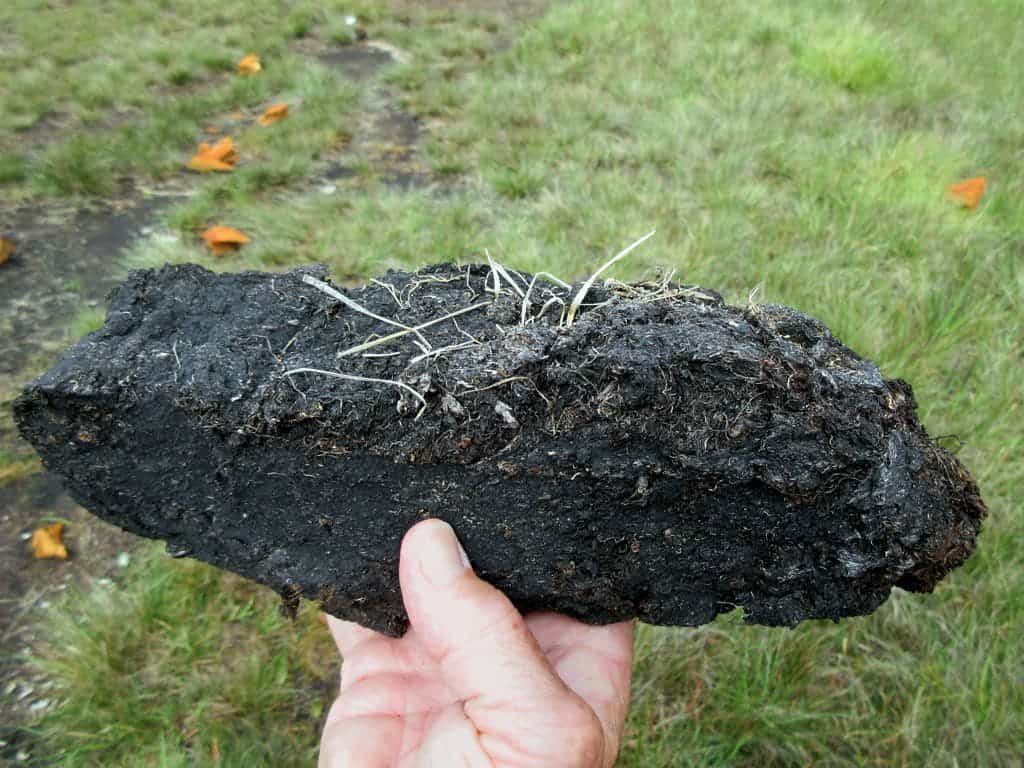An unexpected effect of climate change is making itself felt in the Arctic: burgeoning carbon sinks, in the form of ‘proto-peat’.

Climate change is changing the workings of natural systems all over the world. Much ink has already been spilled on the subject but, suffice it to say, these changes risk tipping the current balance of the world around us, and these changes will impact the balance of human societies around the world.
Our only hope of slowing down these shifts is to stop emitting greenhouse gases, on the one hand, and to find ways to contain and remove those that have already been released, on the other. New research comes to show that at least some of the changes in natural ecosystems brought about by climate change are here to help with the latter.
Peat-to-be
“It’s not yet peat in the actual sense of the word, but you could say it’s the starting point for the formation of peat,” says Minna Väliranta from the University of Helsinki’s Faculty of Biological and Environmental Sciences, lead researcher of the study.
Peat, also known as ‘turf’, is a type of soil that’s found around wetlands such as bogs, mires, or peatlands. Think of peat as a type of coal that’s still ‘in development’ and you’re not far off. It is an accumulation of partially decayed vegetation and organic matter mixed with soil that forms in the context of unique chemical and physical conditions. Peaty lands are often characterized by high acidity and a lack of oxygen; these prevent the complete decomposition of the organic matter contained in the soils, trapping the carbon these plants contained. Overall, the plants growing on peatlands capture more carbon as they develop than they release after they die.
Peatlands are the single most efficient natural carbon sink systems on the planet. Put together, peatlands contain an estimated 40% of all the soil carbon in the world. Still, all this performance takes time: thousands of years are needed for a healthy peatland ecosystem to develop and grow to a meaningful size.
But, the researchers report, that process has already started in the Arctic.The study is part of a larger project funded by the Natural Environment Research Council (NERC), a British institution corresponding to the Academy of Finland, that studies the phenomenon of ‘proto-peat’.
The current study uses data collected in 2018, when an international research effort bored the earth for soil samples in three sites around the Isfjorden fjord in Svalbard, Norway. At each of these sites, the researchers found mineral soil covered by a thin layer of organic matter — carbon that had been captured from the atmosphere by growing plants.
That organic layer was formed chiefly of moss. As climate change progresses, more areas of an increasingly-warm arctic will allow for plants to grow and form peatlands. This process of vegetation encroaching in the previously-frozen Arctic is known as ‘arctic greening’, and generally involves mosses and shrubbery. And it could have a dramatic effect on how the climate evolves in the future.
“If this process that generates proto-peat occurs extensively, an unexpected carbon reservoir, or a plant community that mitigates climate change, may be in the process of establishing itself in the north. This reservoir has not been included in the modelling of ecosystems and the atmosphere, as it has traditionally been thought that no new peatlands are formed,” Väliranta notes.
“You can say that the discovery of new carbon sinks brings into play a new component that must be considered in models to better predict the functioning of ecosystems in a warming climate”.
The paper “Newly initiated carbon stock, organic soil accumulation patterns and main driving factors in the High Arctic Svalbard, Norway” has been published in the journal Scientific Reports.









